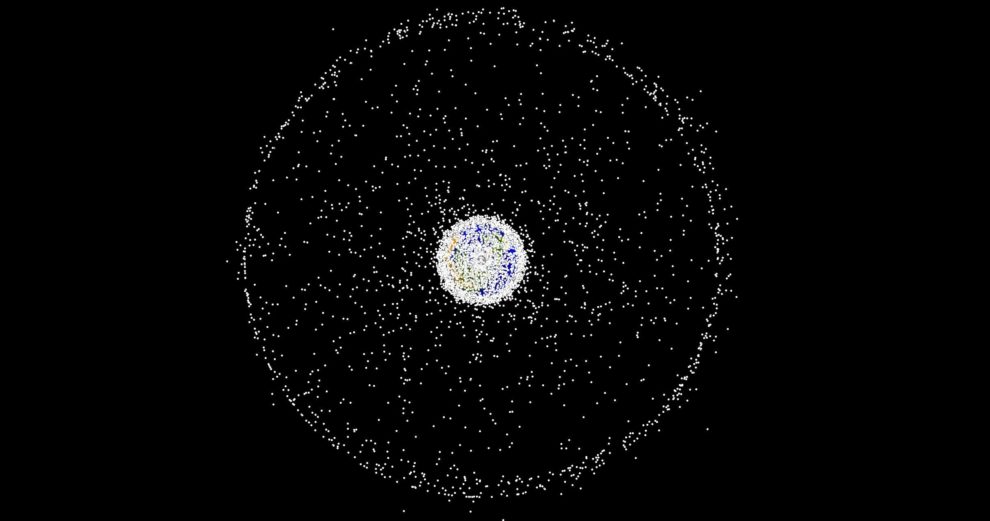
Japan’s Experimental Space Junk Collector Falls Flat Due To Poor Programming
An experimental space probe, which was intended for collecting space junks, has failed in carrying out its assigned tasks accurately, reported a state-run news agency. As per the announcement made by Japan Aerospace Exploration Agency (JAXA) on Monday, the tentative mission for cleaning ‘space junk’ or debris from the lower orbit of the earth has ended up in a large disappointment. Earlier, JAXA already had confirmed regarding the malfunction in its space junk collector and Monday’s announcement marked corroborated failure stamp at the ambiguous mission.
The trial space junk “collector” was operated by Japan Aerospace Exploration Agency (JAXA) and was designed by the scientists of JAXA alongside some experts of a Japanese fishing net company. A few days earlier, JAXA publicized the reported about its ambiguous mission facing some technical glitches in its operational systems, during its initial orbital experiment.
While Japan Aerospace Exploration Agency (JAXA)’s H-II Transfer Vehicle Kounotori 6 (HTV6) succeeded in shipping the supplies to the onboard crews of the International Space Station (ISS), the junk collector failed to meet the goals of eliminating space debris from earth’s orbit. The Japanese space cargo ship took off on 9th December 2016 and ran off from the ISS on 28th January. On Monday, 6th February, the spaceship re-entered into earth’s atmosphere. Following undocking of the spacecraft from the space station, the Japanese scientists projected it to remove some space wreckage from the low-earth orbits with the help of Kounotori Integrated Tether Experiments (KITE), an on-orbit expression of electrodynamic tether on HTV.
Attributable to the unanticipated malfunction in ‘garbage collecting system,’ the collector failed to gather the space junk productively, which triggers the zooming of more than 100 million bits of space junk in the orbital region of Earth. And due to this unexpected break, Japanese scientists were expecting some serious threats to both the earth and ongoing space missions. The whizzing refuse, as expected by experts includes the recycled devices, gathered from the old spaceships and junked pieces of the old missile.
As confirmed by JAXA, the tether measured whopping 2,300 feet and was made out of sturdy stainless steel and aluminum wires. Before the scheduled reentry of HTV6, Japan wanted to test the efficiency of the mission. But unfortunately, the unforeseen fault in the component of the tether dragged the space junk clean-up task to a shocking wind down.


